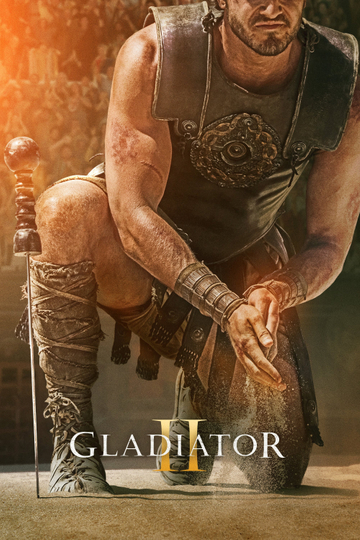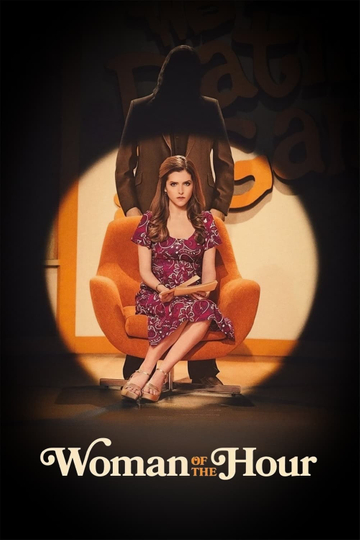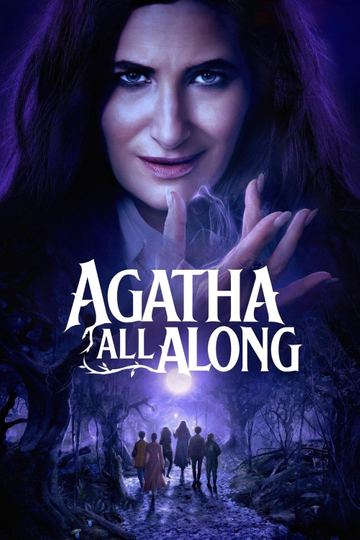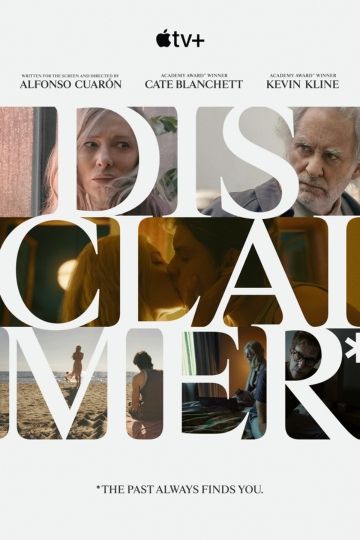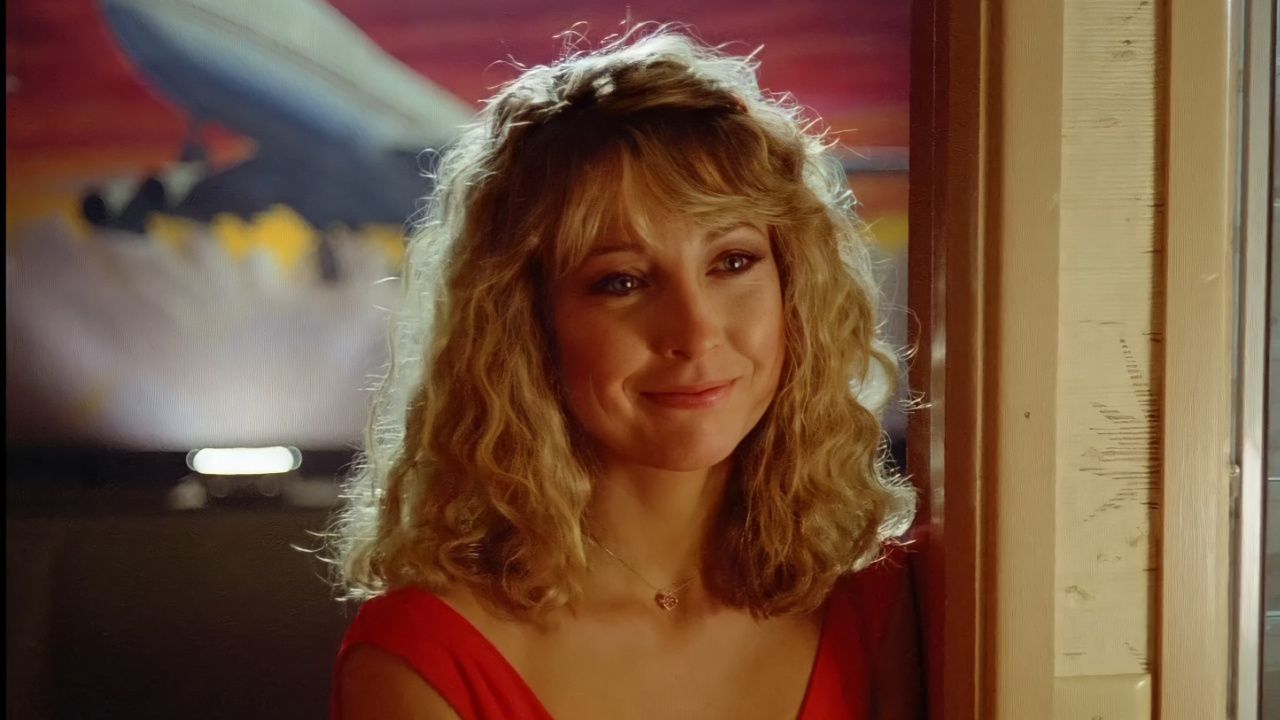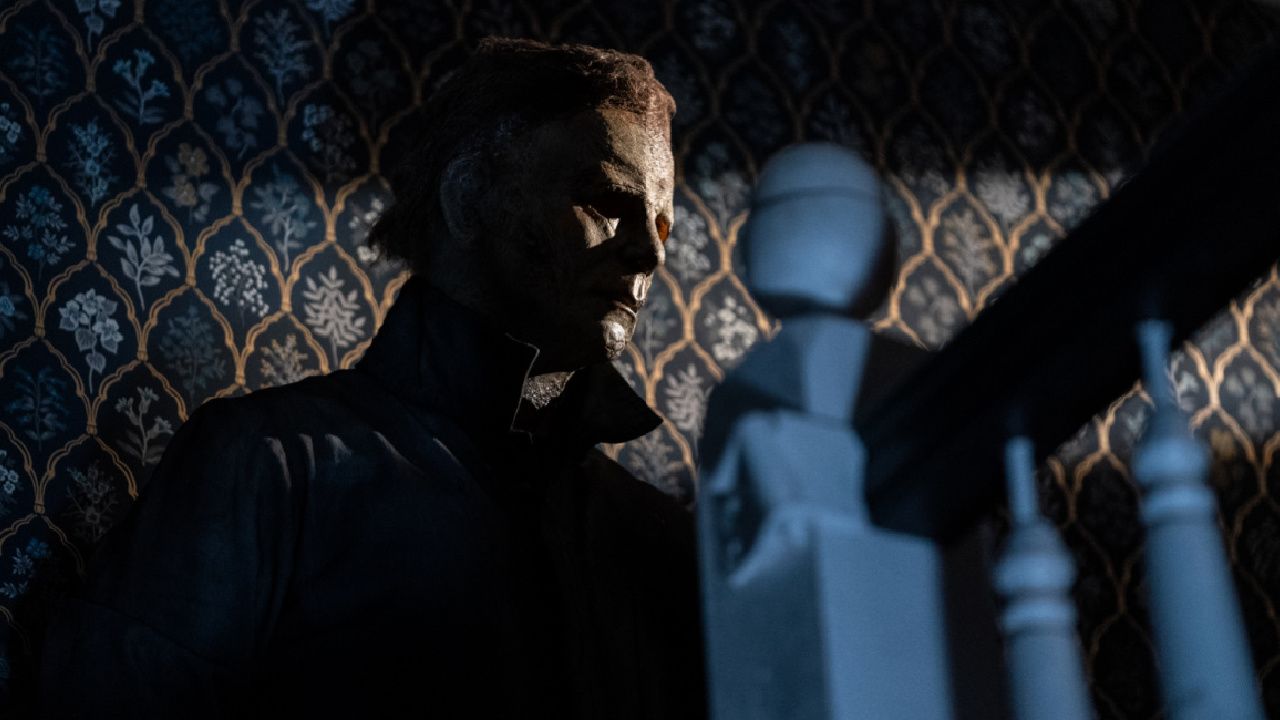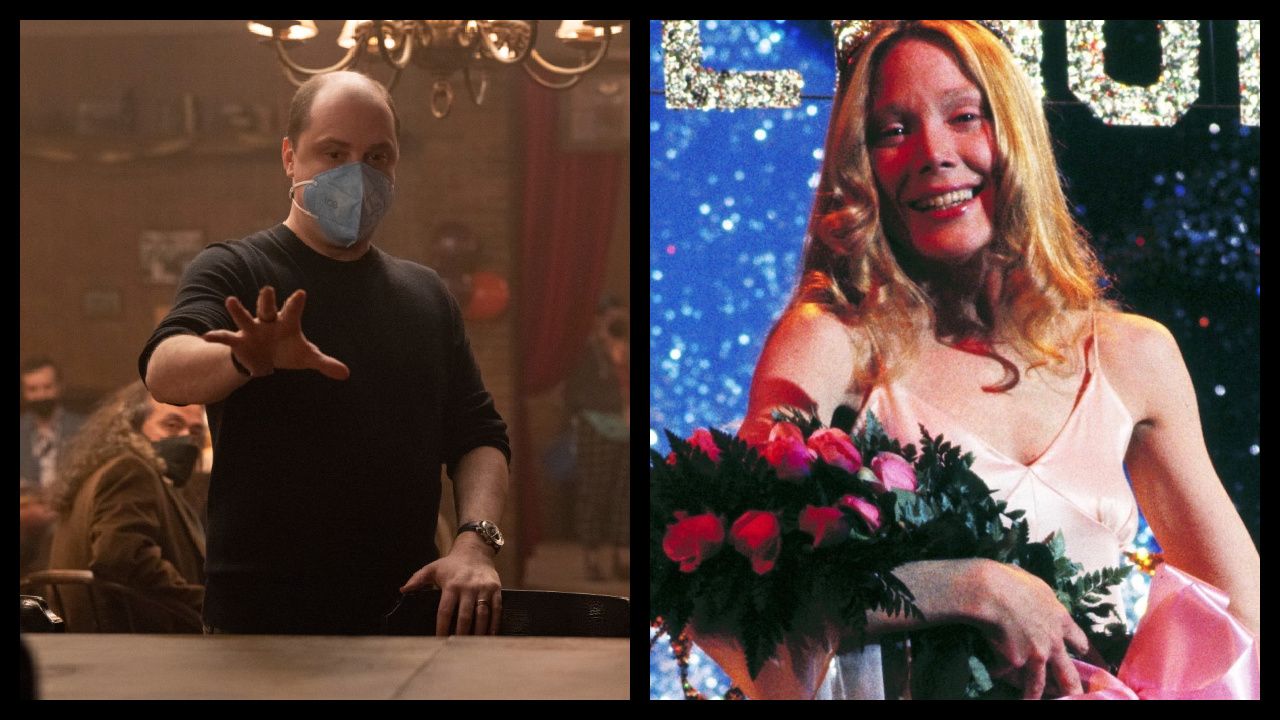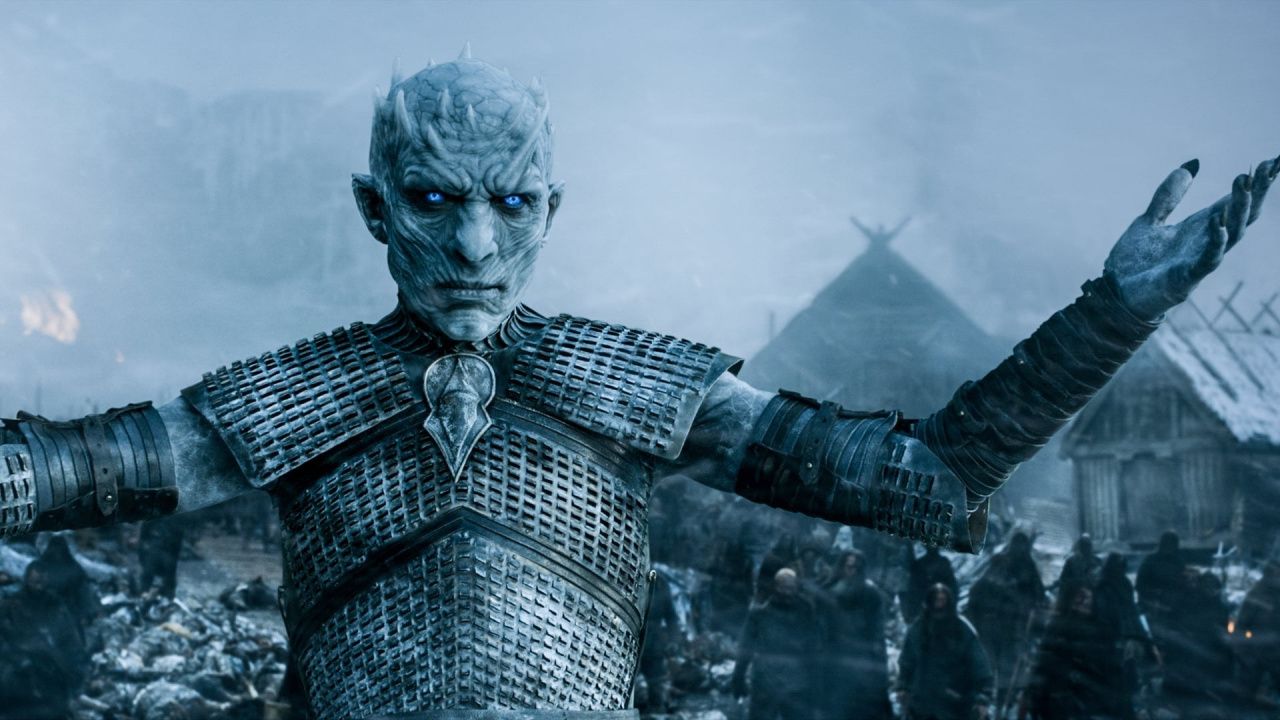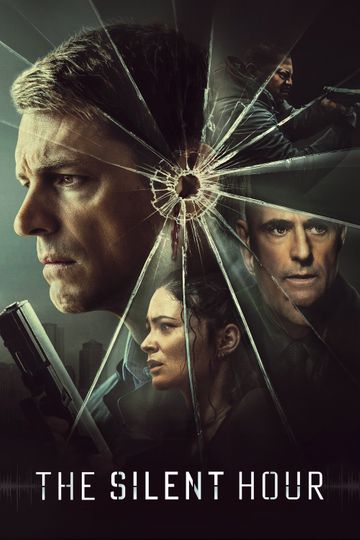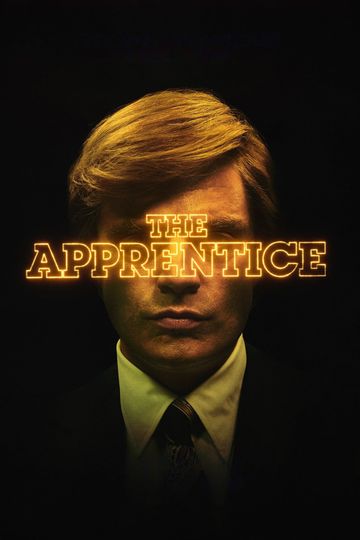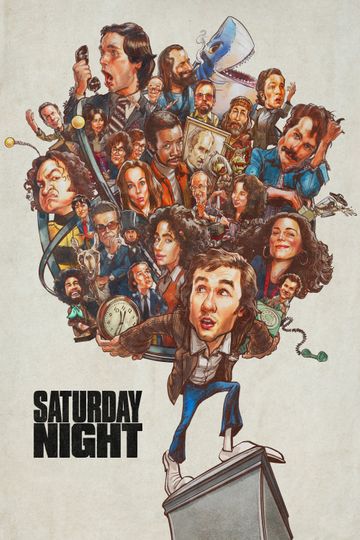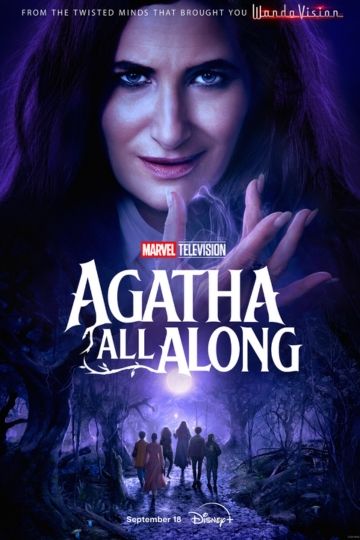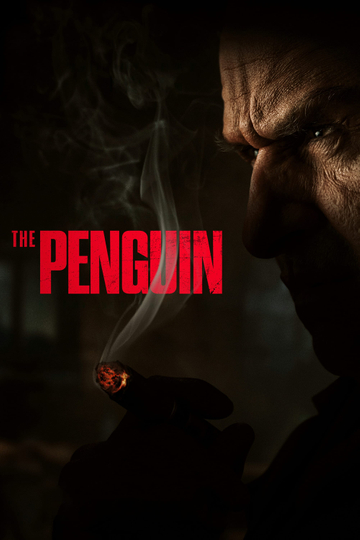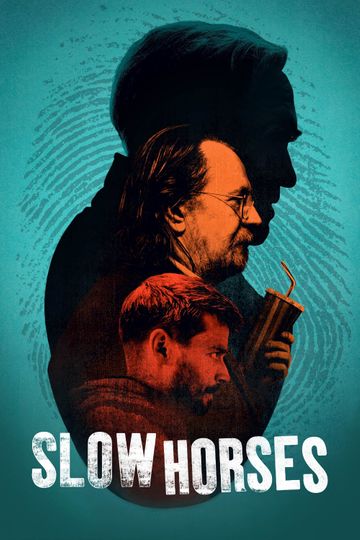Going Behind the Scenes of the New 'Into the Spider-Verse' Short Film Starring Spider-Ham
Among the many pleasures of the home video release of the Oscar-winning “Spider-Man: Into the Spider-Verse” is a brand new animated short called “Caught in a Ham,” starring your favorite alternate Spider-Man, Peter Porker aka Spider-Ham (once again voiced by John Mulaney). This short film, which looks like a traditionally animated short and serves as a unique set-up to the movie itself, is a sugary blast of fun and shows that the Spider-Ham character can hold his own in a solo outing. (The short can either be watched by itself or attached to the film as part of the “alternate universe” viewing mode.)
We got to sit down and talk to the filmmakers behind the short, director Miguel Jiron and producer David Schulenburg, who talked us through the inspiration and production of “Caught in a Ham,” and disclosed where they think this character should go next.
When did development on the short begin? Was it during production?
Schulenburg: No. It was quite close to the end of production. We didn’t know that we were going to do the short. I don’t think anybody really thought about it until late in the process. So there was not much time for development. We developed for a hot minute.
Jiron: Very hot.
Was it a chore to get John Mulaney back? Did he record during pick-ups?
Schulenburg: No, we had finished recording with him. So we decided we were going to do the Spider-Ham short and Miguel started writing and coming up with ideas and we thought, Oh boy I hope we can get Mulaney. Because if we don’t have him, what are we going to do? That was the one big mandate from the executives, which was, “Well, we’re going to get John, right?” So went out to him and we agreed. We were so thrilled. It was such a relief.
Was there ever thought of doing the short as a traditional cel animation?
Jiron: Yeah, this was the closest we could get to that. Titmouse did the animation for the film and a lot of them are literally drawing frame-by-frame, just on computers instead of celluloid. But they did a really great job of trying to mimic that organic quality. If you look at the short there’s even a little bit of shadow behind the characters, as if there’s actual celluloid. We wanted to embrace that as much as possible.
Was it always positioned as a kind of prequel to the movie itself?
Schulenburg: Well there weren’t a whole lot of iterations because there wasn’t a whole lot of time. But when we first found out … I think Phil said, “This should open the film.” We said, “Oh really? Well gee I guess they should connect.”
Jiron: That was the natural evolution pretty early on. If it’s going to open the film, as it does in the alternate universe mode on the Blu-ray, it was just natural to be like, “Let’s sneakily introduce Spider-Ham, Act I.” Like plant these seeds in the short that we see come to fruition in the movie.
Could you talk about some of the influences for this short?
Jiron: ‘Spider-Verse’ established Spider-Ham as this very post-modern, self-referential classic cartoon character, complete with mallets that come out of nowhere, anvils that drop out of the ceiling, saying, “That’s all folks.” We literally took that seed and ran. I was obsessed with cartoons growing up like a lot of kids, I just never stopped watching them. For me, this was a chance to make a loving homage to all of the classic cartoons I love while at the same time playing with this fourth-wall-breaking idea that Spider-Ham does so well. It’s a blast to explore all of these influences and come up with as many puns as you can.
We saw concept art earlier of him taking the stars swirling around his head and hurling them like a throwing star, which made it into the short. Was there anything else designed for the movie that found its home here?
Jiron: No, that was the biggest one.
Schulenburg: There was the portal, with the hole. [He would take the logo off his costume and turn it into a hole that he could pass through.] That didn’t make it into the short but that was one of his powers that Miguel had explored early on. But if he had that, he’d have been far too powerful. There’s a collider bringing together different universes and if Ham is jumping through them, how is that going to work?
Jiron: It ultimately made him the strongest and most capable spider-person. At a certain point, you have to define, in a weird way, your rules. Because if this character becomes too powerful, you just feel like he could just save the day.
So how did you establish the rules?
Jiron: It was just based on iteration after iteration. We did a lot of versions of Ham using the portal. I tried to smuggle in as many examples of him using the black hole as possible. But we just learned, step by step, throwing it up on the wall. It became clear, like, “Is he going through the portal if he’s using that? Is he going back to his home world?” As soon as you throw the audience off, even a little bit, it’s not funny.
Where would you like to see Spider-Ham go next?
Schulenburg: The thing about this character and what I thought was so fun was, in ‘Into the Spider-Verse’ we got to see what a classic cartoon character was like in Miles’ more realistic 3D world and it was kind of amazing that it worked. So we took a step back and said, “What would it look like in his world?” And it was this 2D cartoon-y world. So now we’ve shown that it can lend itself to anything. I think there could be many more shorts with him, I think it could work great in TV, I think he could have his own feature. I’d love to see and do all of those things. I think we showed that to the world -- he belongs everywhere!
“Spider-Man: Into the Spider-Verse” is currently out on digital HD and will be on Blu-ray on March 19th.

